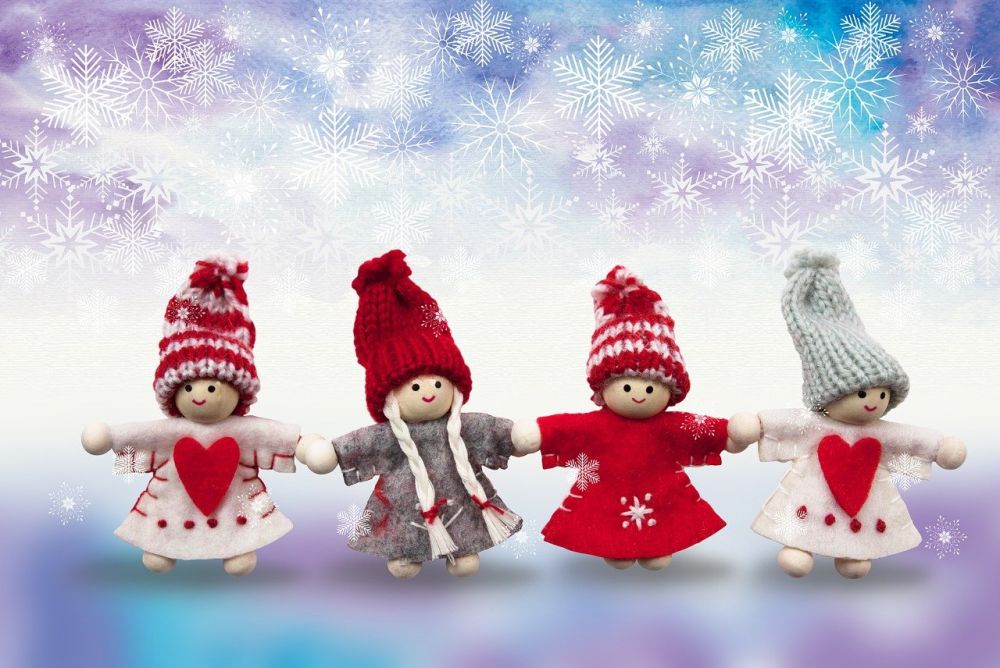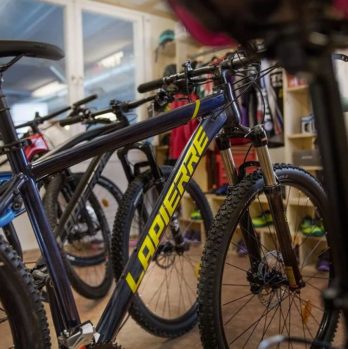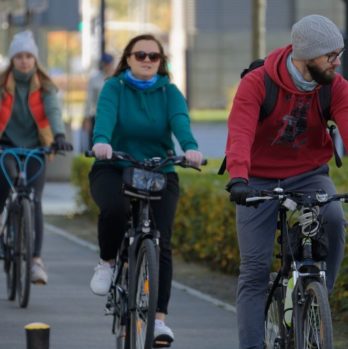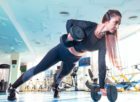Paralympics Curling: A Comprehensive Overview

Introduction:
Paralympics curling is a fascinating sport that combines strategy, precision, and teamwork. In this article, we will provide a thorough overview of paralympics curling, exploring its different types, popularity, quantitative measurements, variations, and a historical evaluation of its advantages and disadvantages.
1. A General Overview of Paralympics Curling:

Paralympics curling is a winter sport adapted from the traditional sport of curling. It involves teams of athletes with various physical impairments competing against each other. The objective of the game is to slide stones on ice towards a target area, scoring points based on their proximity to the center.
2. Types of Paralympics Curling:
There are two main types of paralympics curling: wheelchair curling and standing/amputee curling. Wheelchair curling is designed specifically for athletes who use wheelchairs. They use special push sticks to propel themselves on the ice while delivering stones. Standing/amputee curling, on the other hand, caters to athletes with limb impairments who can stand and deliver stones without the use of wheelchairs.
3. Popularity of Paralympics Curling:
Paralympics curling has been gaining significant popularity over the years. The competitive nature of the sport, combined with the inclusion of athletes with disabilities, has attracted a wide audience. The Paralympics Games provide a platform for showcasing the skill and determination of these athletes, further increasing the popularity of paralympics curling.
4. Quantitative Measurements in Paralympics Curling:
Several quantitative measurements define the performance in paralympics curling. These include factors such as the distance each stone travels, the accuracy of shot placement, and overall team scores. In addition, time measurements are crucial to ensure fair play and equal opportunities for all athletes.
5. Differences in Paralympics Curling:
There are notable differences between wheelchair curling and standing/amputee curling. Wheelchair curling requires athletes to have excellent balance, core strength, and precise wheelchair maneuvering skills. Standing/amputee curling, on the other hand, focuses more on stability and stone delivery techniques. The specific impairments of athletes often determine the type of curling they participate in.
6. A Historical Evaluation of Advantages and Disadvantages:
The history of paralympics curling highlights both advantages and disadvantages associated with the sport. Advantages include increased inclusivity, providing new opportunities for individuals with disabilities, and promoting equality within the sporting world. On the other hand, challenges such as equipment adaptations, accessibility concerns, and varying impairments can create disadvantages or difficulties for some athletes.
Conclusion:
Paralympics curling is a captivating sport that demands skill, strategy, and teamwork from athletes with physical impairments. Its two main types, wheelchair curling and standing/amputee curling, provide opportunities for individuals with different abilities to compete and excel. As the sport continues to grow in popularity, it serves as a testament to the incredible capabilities of people with disabilities. Paralympics curling is undoubtedly an inspiring and empowering addition to the Paralympics Games.
To further enhance your understanding of paralympics curling, take a look at this video showcasing the resilience and talent of athletes participating in this captivating sport: [Embed relevant video here].
References:
1. International Paralympic Committee. (n.d.). Wheelchair curling. Retrieved from [insert link]
2. International Paralympic Committee. (n.d.). Standing/amputee curling. Retrieved from [insert link]
3. International Paralympic Committee. (n.d.). Paralympic sports explained: Curling. Retrieved from [insert link]











